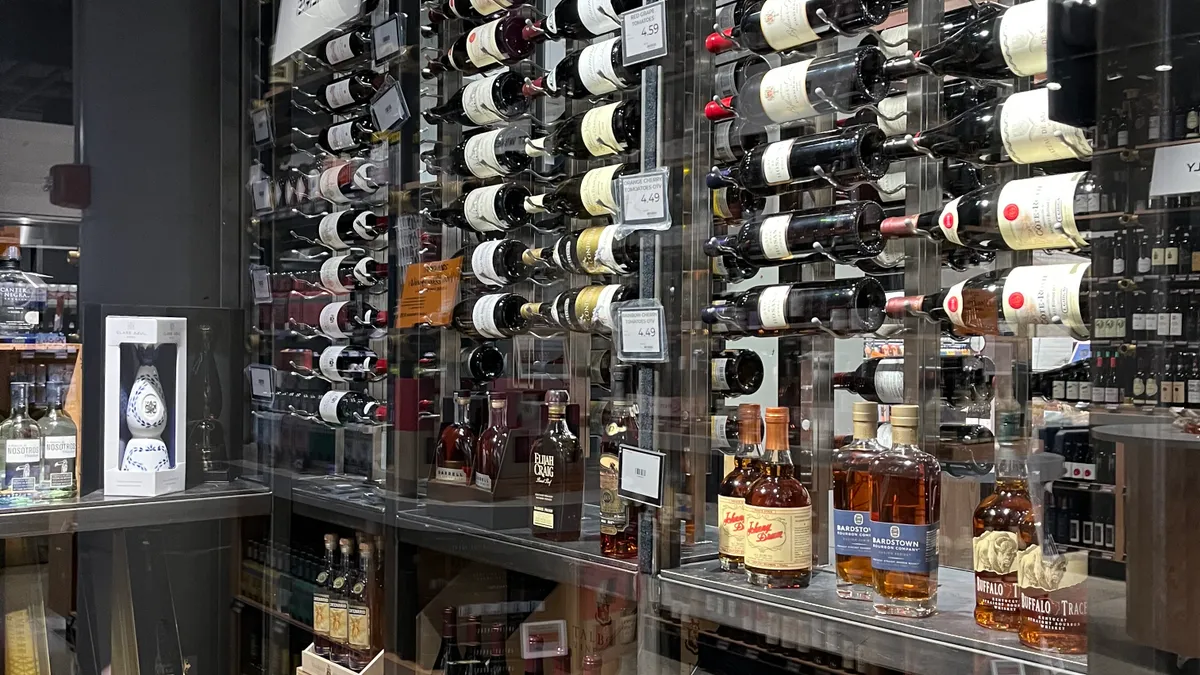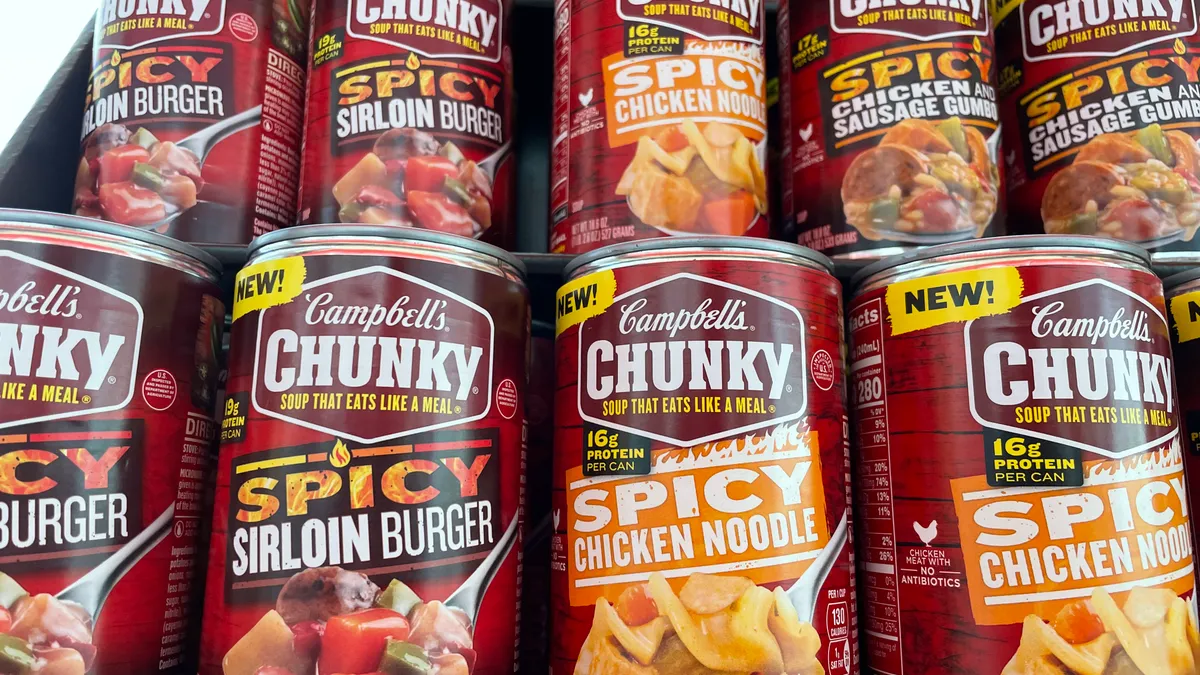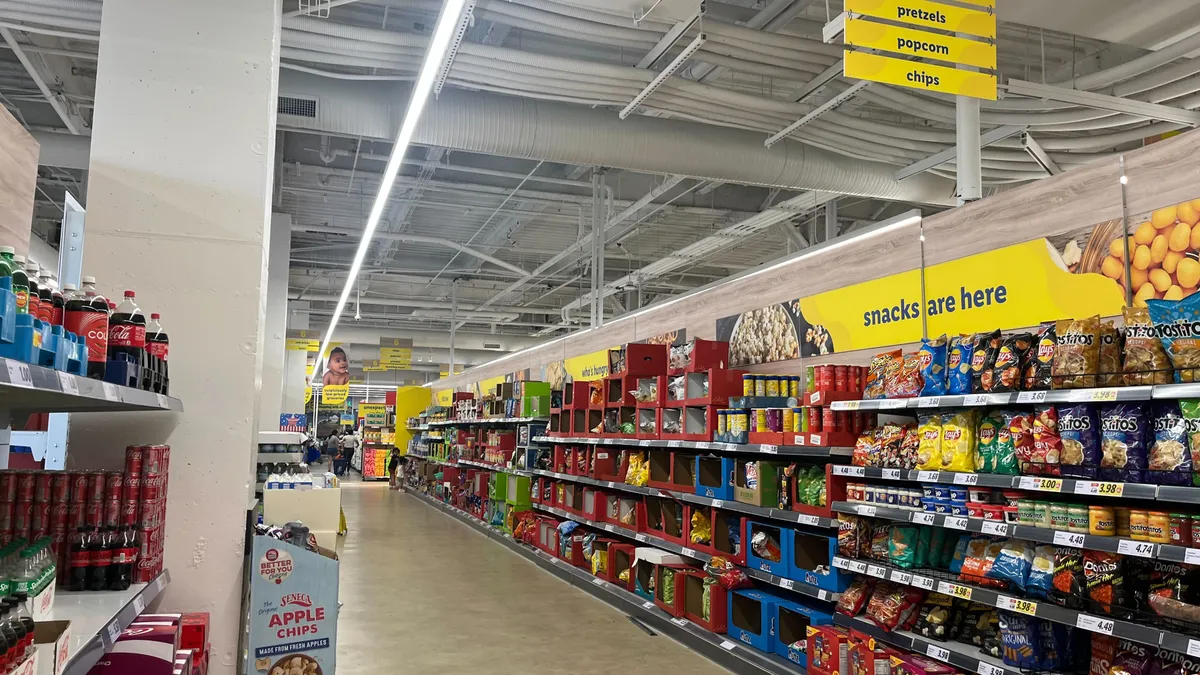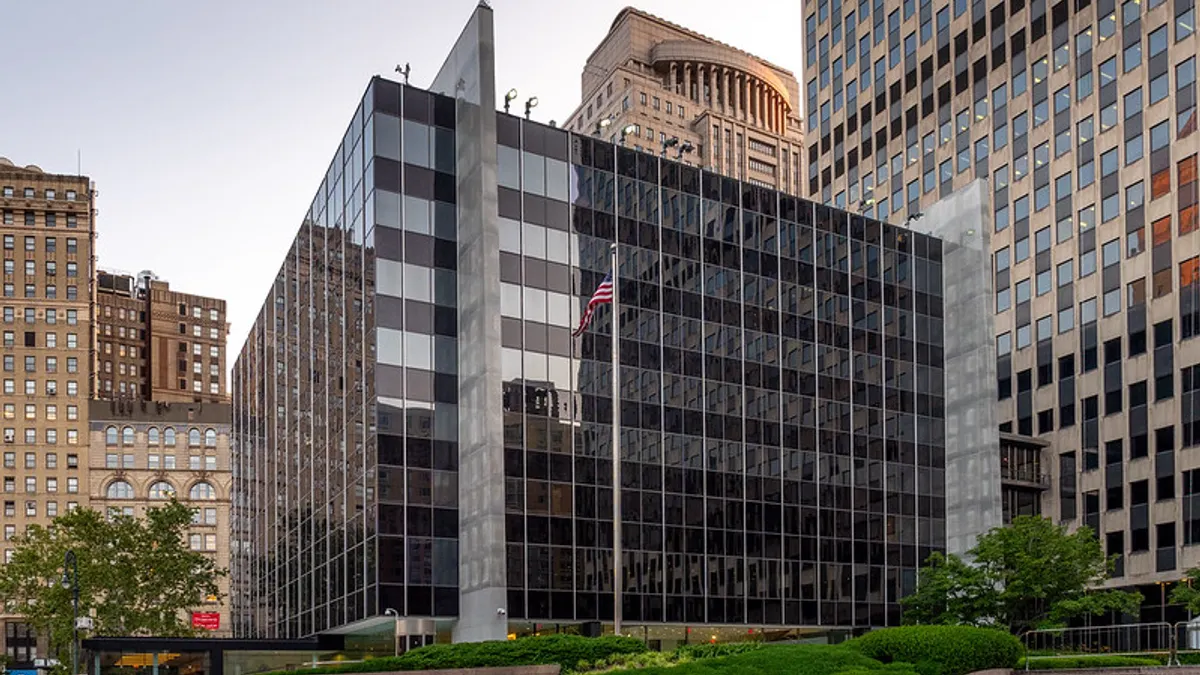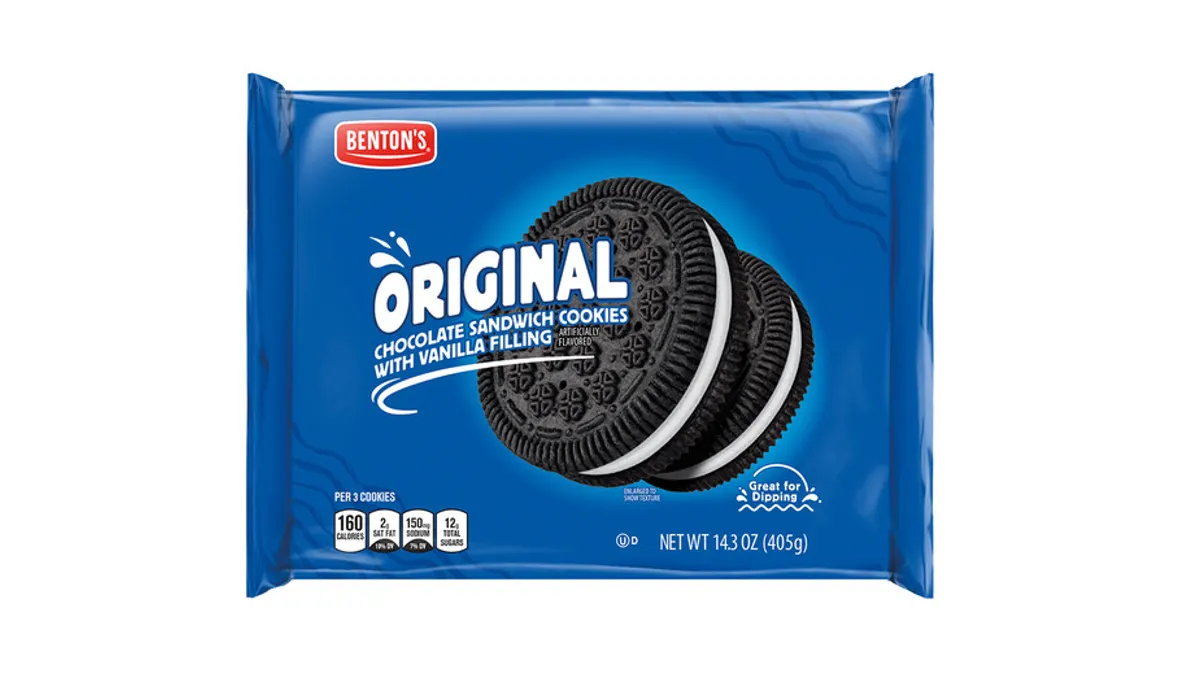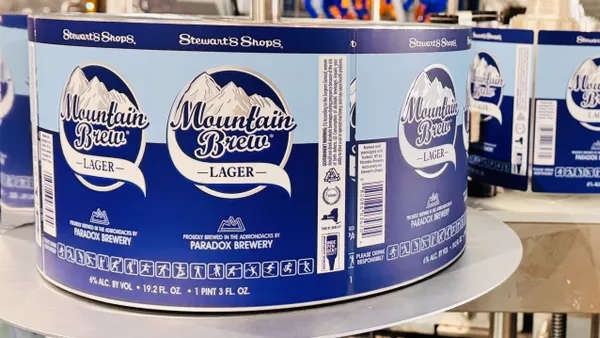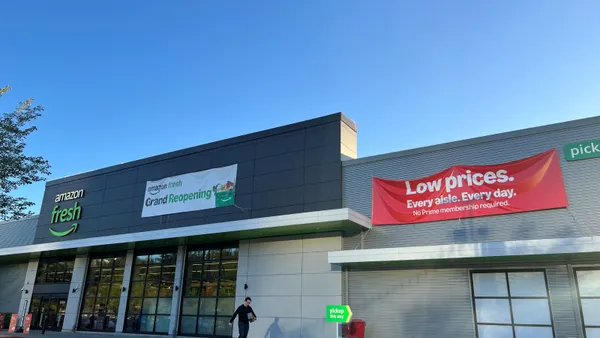Despite the reopening of bars and restaurants in the wake of the COVID-19 pandemic, at-home drinking is on the rise, while on-premise consumption continues to fall. The trends suggest the alcohol market is still shifting in ways both related and not to the pandemic, with other factors like inflation proving impactful, according to a new report by Kantar.
The report, “Shopping for Beverage Alcohol,” found that 23% of consumers drank more at home over the past 12 months, compared to 16% who drank more on-premise. However, consumers are more generally cutting back, with 21% reporting that they have had less to drink over the same period while at home, compared to 25% of those who drink at bars and restaurants reporting the same.
“Even after the pandemic, shoppers are consuming more alcoholic beverages at home than at bars and they are cutting back on them. And that's mainly because inflation is impacting them,” said Renata de Moura, author of the study and senior director of shopper and category insights at Kantar. “They're trying to cut back on premium drinks out of home and they're buying more and consuming more at home.”
The report surveyed 2,000 consumers over the age of 21 who purchased alcohol in the past three months, with 52% of respondents being women and 48% being men. The largest age demographic surveyed was millennials (38%), and the smallest was Gen Z (8%).
Less is more
Not only are consumers, especially Gen Z and millennial ones, drinking out less, they are also gravitating more toward options without alcohol. For example, 21% percent of Gen Zers and 18% of millennials purchased nonalcoholic beer in the past 12 months. When drinking at bars, 21% of consumers reported that having a nonalcoholic option plays a major role in overall satisfaction. One reason behind the trend could be an increasing desire for good-for-you products.
“People are looking for healthy drinks, especially young shoppers. They're looking for alternatives that are free of some ingredient that is not good for them or are low carbs or have a lower sugar content,” said de Moura.
However, the stance on nonalcoholic options seems to carry some turbulence. For example, 45% of consumers are not interested in switching to nonalcoholic options, though 12% said they already have. However, 29% of consumers are interested in products without alcohol and would likely buy, but 15% report that while they are interested, they are unlikely to buy. While marketers could find the outlook confusing, the nonalcoholic trend is likely to have some staying power and potential.
"It's nice to have a sophisticated option that doesn't drive calories or the cost of sin,” said Leigh O’Donnell, head of shopper and category insights at Kantar. “The things that are really driving alcohol trends, like herbals and different configurations of tastes are very sophisticated and layered and those nonalcoholic options I think really drive a lot of the sophistication which has been super popular both in home, bars and restaurants.”
Time and place
What types of alcohol consumers are buying and their reasons for buying is also shifting. Notably, ready-to-drink (RTD) offerings and hard seltzers are becoming replacements to more traditional alcoholic beverages. For example, 33% percent of consumers are buying hard seltzer as opposed to other alcoholic beverages, while 37% are buying RTD cocktails. The findings could be indicative of the general increase in drinking at home, with RTD options seen as a convenient, cost-friendly alternative.
Other beer alternatives also seem to be of growing interest, with 58% of consumers already buying or interested in buying soda-mixed drinks. Even more unusual alcoholic products, such as hard coffee, have also seen interest, with 49% of consumers purchasing or showing interest in purchasing hard coffee. An interest in experimentation could partially be attributed to mobile’s growing influence, according to de Moura.
“One important factor driving this is social media. Shoppers are going to TikTok for recipes and it’s really influencing them to just search for innovations and options of beverage alcohol in drinks,” said de Moura.
Innovation isn’t the only thing driving sales, however. Occasions are driving purchases of all alcohol types, including beer, spirits and wine. Thirty-three percent of consumers purchased at least one of these categories for an occasion, more than any other category. This could spell trouble for marketers that deal in on-premise consumption, or alcoholic beverage brands that do a significant proportion of their business through bars and restaurants.
As people celebrate at home, or only drink on special occasions, it could mean less regular business. For marketers to survive this shift, embracing experimentation and catering to consumer interests can help them weather the storm.



